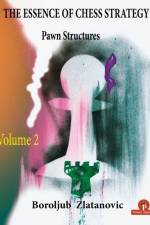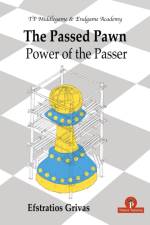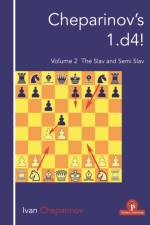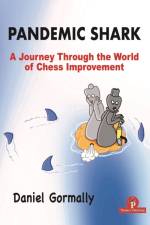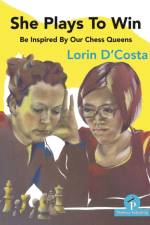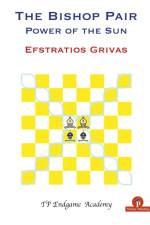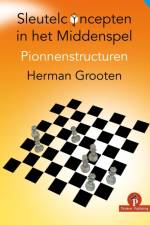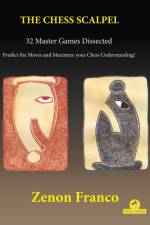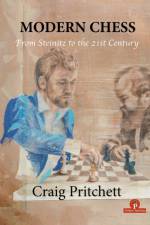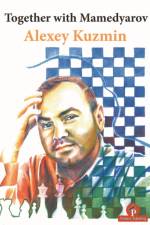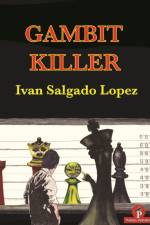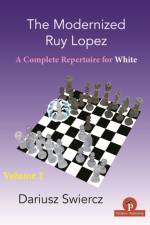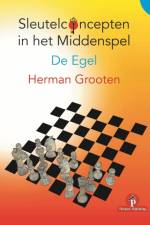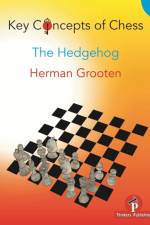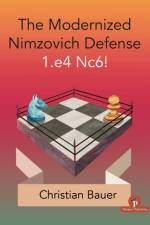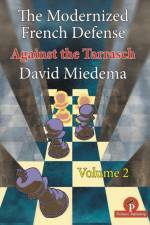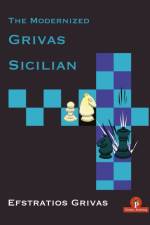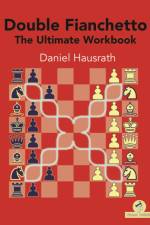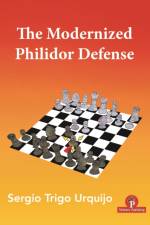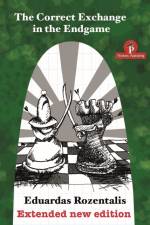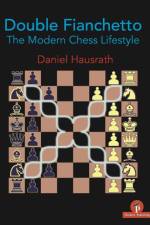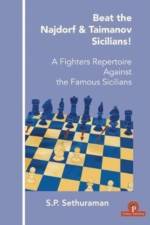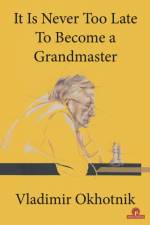av Efstratios Grivas
341
The purpose of this series is to introduce the reader to advanced training concepts, using the same methods of presentation and instruction that were taught to great players by famous trainers that they have worked with. The series will commence with the The Passed Pawn and we will examine how to handle such pawns.Every chess player who wishes to improvehis level in the difficult subject of chess is obliged to study methodicallyand understand the existing principles that govern the theory of the opening,middlegame and endgame. Most chess players focus more on the study of openingtheory than other aspects of the game. The reasons are probably clear: openingtheory is easier to learn and can provide immediate results, although this isbased more on the opponent's ignorance than our own abilities. Even for a chesstrainer, it is easier to teach some variations from this or that opening or aset of simple tactical motifs than to engross himself in the exposition ofmiddlegame and endgame theory. Yes, middlegame and endgame theory does exist.The great difficulty in approaching it lies in the fact that it does not followabsolute and clear-cut paths, but rather involves deep research in the ideasand logic by which specific types of positions are treated. Moreover, unlikeopening theory, the theory of the middlegame and the endgame does not changerapidly based on modern developments; it remains almost intact through theyears. In view of the above, any chess player who wishes to follow a chesscareer or simply become a better player must refrain from the commonplace andassume a different approach. He must develop a good understanding of middlegameand endgame theory, so as to be able in his games to proceed in a proper wayafter his chosen opening has reached its conclusion. The chess player candifferentiate himself only in the opening; there, each one of us brings forthhis own beliefs and convictions, and in general his own experiences andreferences. Objectively, no opening loses ? but also no opening wins. Theopening is just the beginning of the journey and serves to offer us acomfortable start. But to reach the end of this journey successfully we have tocount on our knowledge and experience, as regards middlegame and endgametheory. Endgame theory teaches us two fundamental issues. First, how to extractthe maximum from a basic theoretical position with little material, where theexperts, from practice comprising thousands of games, have reached definiteconclusions. Second, the way in which we can handle an endgame, depending onthe material remaining on the board, and the ideas and plans we should employ.This second issue is significantly more difficult to master because, apart frommaking full use of the first one (we must be aware of the possible outcomes ofthe endgame in question) it is greatly influenced by our experience andunderstanding, which are basically derived from the images and impressions wehave from related positions. A primary role is played here by the effort wehave invested in studying. In middlegame theory, things are even tougher. Weare obliged to study various types of positions with specific strategic andtactical attributes, so as to understand the underlying ideas and be able toemploy them ourselves in similar situations. While many chess players havestudied these topics and acquired knowledge, it is the application of thisknowledge in practice that helps differentiate between them. Chess is not asimple activity, but it becomes so much more attractive when we acquire thisknowledge.

